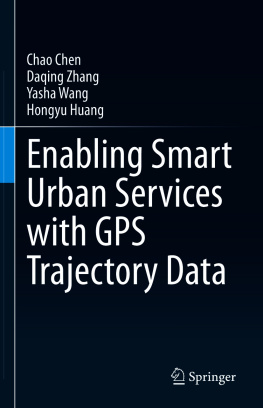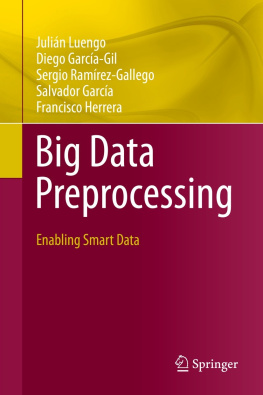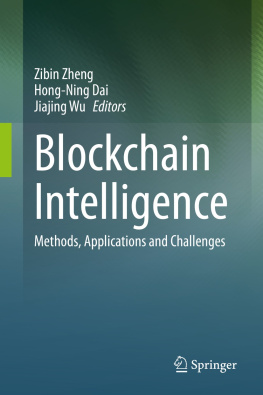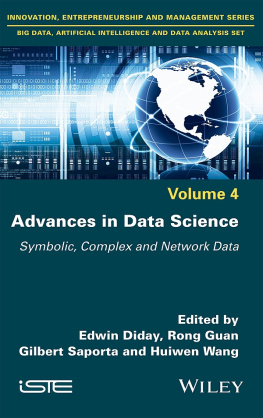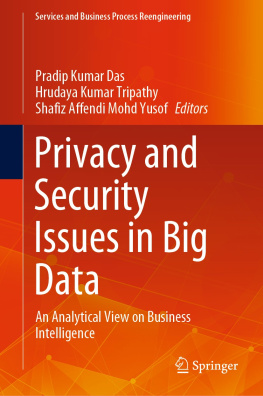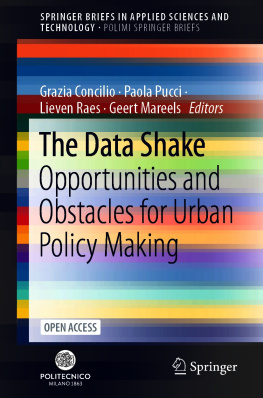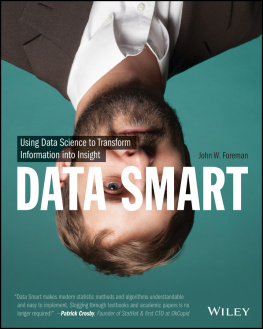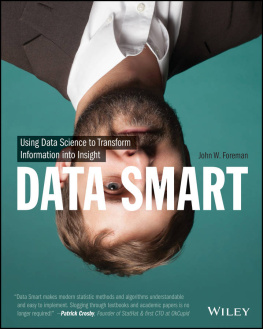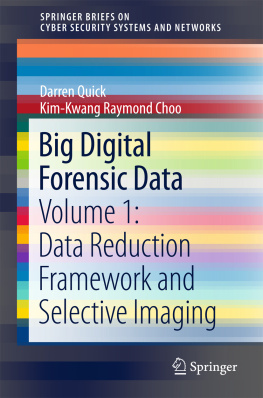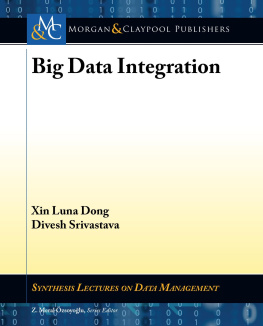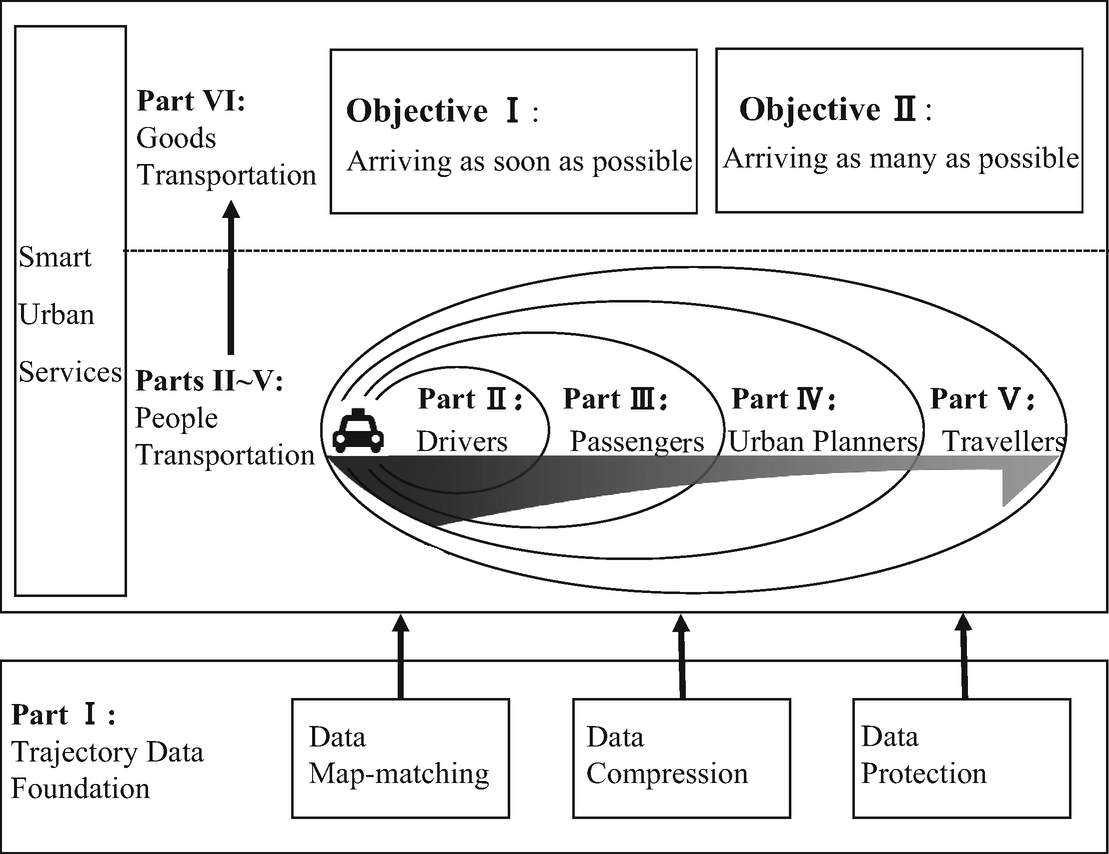Chao Chen - Enabling Smart Urban Services with GPS Trajectory Data
Here you can read online Chao Chen - Enabling Smart Urban Services with GPS Trajectory Data full text of the book (entire story) in english for free. Download pdf and epub, get meaning, cover and reviews about this ebook. year: 2021, publisher: Springer, genre: Home and family. Description of the work, (preface) as well as reviews are available. Best literature library LitArk.com created for fans of good reading and offers a wide selection of genres:
Romance novel
Science fiction
Adventure
Detective
Science
History
Home and family
Prose
Art
Politics
Computer
Non-fiction
Religion
Business
Children
Humor
Choose a favorite category and find really read worthwhile books. Enjoy immersion in the world of imagination, feel the emotions of the characters or learn something new for yourself, make an fascinating discovery.
- Book:Enabling Smart Urban Services with GPS Trajectory Data
- Author:
- Publisher:Springer
- Genre:
- Year:2021
- Rating:4 / 5
- Favourites:Add to favourites
- Your mark:
Enabling Smart Urban Services with GPS Trajectory Data: summary, description and annotation
We offer to read an annotation, description, summary or preface (depends on what the author of the book "Enabling Smart Urban Services with GPS Trajectory Data" wrote himself). If you haven't found the necessary information about the book — write in the comments, we will try to find it.
With the proliferation of GPS devices in daily life, trajectory data that records where and when people move is now readily available on a large scale. As one of the most typical representatives, it has now become widely recognized that taxi trajectory data provides rich opportunities to enable promising smart urban services. Yet, a considerable gap still exists between the raw data available, and the extraction of actionable intelligence. This gap poses fundamental challenges on how we can achieve such intelligence. These challenges include inaccuracy issues, large data volumes to process, and sparse GPS data, to name but a few. Moreover, the movements of taxis and the leaving trajectory data are the result of a complex interplay between several parties, including drivers, passengers, travellers, urban planners, etc.
In this book, we present our latest findings on mining taxi GPS trajectory data to enable a number of smart urban services, and to bring us one step closer to the vision of smart mobility. Firstly, we focus on some fundamental issues in trajectory data mining and analytics, including data map-matching, data compression, and data protection. Secondly, driven by the real needs and the most common concerns of each party involved, we formulate each problem mathematically and propose novel data mining or machine learning methods to solve it. Extensive evaluations with real-world datasets are also provided, to demonstrate the effectiveness and efficiency of using trajectory data.
Unlike other books, which deal with people and goods transportation separately, this book also extends smart urban services to goods transportation by introducing the idea of crowdshipping, i.e., recruiting taxis to make package deliveries on the basis of real-time information. Since people and goods are two essential components of smart cities, we feel this extension is bot logical and essential. Lastly, we discuss the most important scientific problems and open issues in mining GPS trajectory data.
Chao Chen: author's other books
Who wrote Enabling Smart Urban Services with GPS Trajectory Data? Find out the surname, the name of the author of the book and a list of all author's works by series.

